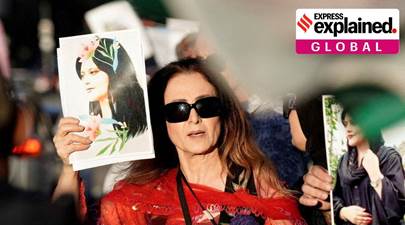Free Courses Sale ends Soon, Get It Now


Free Courses Sale ends Soon, Get It Now



Copyright infringement not intended
Context: Nationwide protests over the death of a young Iranian Kurdish woman in the custody of Iran’s morality police have been at their most intense in the northwestern areas where the majority of the country’s 10 million Kurds live.
Details:
Who are Kurds?

Copyright infringement not intended
Iranian kurds:
Historical background:
© 2024 iasgyan. All right reserved